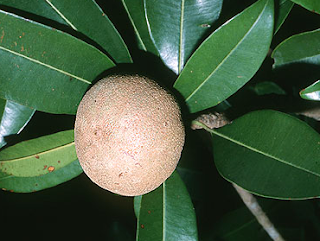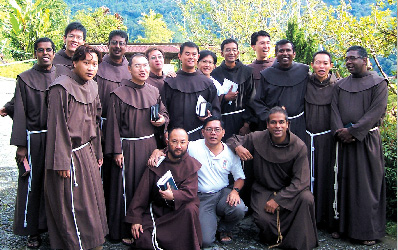More precisely, it happened within Princess Elizabeth Estate School around 1965 or 1966, the date which I have yet to verify. When it happened, it affected a lot of the PEES students. For me it was quite traumatic, the reason which I will explain shortly.
The house was known as TONG LIANG House, aka the Green House.
If you had read my earlier blogs, you might know that in Princess Elizabeth Estate School, all the children were assigned into a different sports team known as a Sports House.
Most students will know of the four houses named Gammon House, Guttas House, Hume House and Kiwi House. Each house had a differentiating color.
However, students who were there before 1965 will know of another house called Tong Liang House.
This was the original Green House. For some inexplicable reason, Tong Liang House disappeared from the radar screen one day when it was announced that there would only be four houses instead of five. Tong Liang House was dropped and all students were re-assigned into a new house.
Which sports house you were re-assigned to depended on your admission number. For this reason I was moved from Guttas House to Kiwi House. It was a traumatic thing for me because Guttas House was the 2nd best in sports, while Kiwi House was always last! It was like being relegated to the bottom of the league! It was depressing to be counted among the 'losers'.
I was reminded of this missing entity by my friend and reader, Brenda Phua. "Do you recall another house called Tong Liang?", she asked after reading my Malayan Guttas blog.
OMG! How could I have missed that!
Of all people, I should have been the one who would remember that fact!
Tong Liang House was named after MY grand uncle, Goh Tong Liang!
 |
| My grand uncle, Goh Tong Liang |
Goh Tong Liang was a member of the Singapore Legislative Assembly. He was the elected Legislative Assemblyman for Bukit Panjang and was in the 1st Singapore government under Chief Minister Lim Yew Hock in 1955.
Goh Tong Liang was known as the champion of the rural folks and of farmers' causes.
He lived at Chua Chu Kang, was a successful businessman and owned a huge 8 acres rambutan estate.
He was very vocal in parliament and you can read a lot of his speeches in the legislative archives.
Goh Tong Liang was the elder 3rd brother of my grandfather, Goh Tong Siew.
This is a picture of my grandfather with his family. The brothers do look alike.
Goh Tong Liang was the 3rd son, while my grandfather was the 6th son in their family.
I do not know why the school dropped Tong Liang House and re-assigned the green sports colors to Gammon House. Maybe if some ex-PEES sportsmaster like Mr Venugopal, Mr Gabriel Lim or Mr Koshy might happened unto my blog, they can tell us the reason why the Green House of PEES suddenly disappeared!


















































